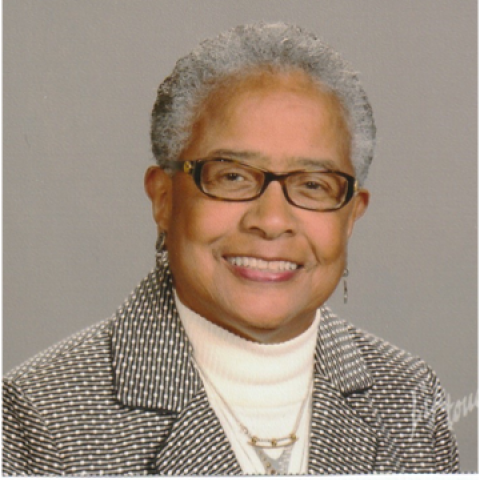In February 2020, Doris Evans, MD (MED ’68), was in the audience at Wolstein Auditorium when it was first announced that I was assuming the role of interim dean for the School of Medicine. To say that so much has happened to our world since then is an understatement.
While launching our newest MD students into the global community of healers at the White Coat Ceremony in July, I asked these neophytes to take time to address their conscious and unconscious biases, and view every patient as needing their help regardless of their condition, background, race or ethnicity, age or sexual orientation.
Doris Evans has remained active with the school as an alumna and clinical professor of pediatrics. After reading the directive I gave the students at that ceremony she sent me this note:
“I believe that CWRU School of Medicine will not be truly great until, at the highest faculty levels, it looks like our society. Over the years there has been much talk about this, but policies and outcomes have not changed in any material way … I believe you have a marvelous opportunity to literally change the complexion of our school to more justly be a place where the professionalism you so eloquently defined can be modeled and learned.”
And so, I introduce you to Doris by way of loaning my column to her. A long-time practicing physician in the greater Cleveland area, Doris is committed to expanding diversity and inclusion in medicine. As we continue our journey to broaden and diversify our school, I encourage you to take her words to heart.
Thank you, Stan, for this opportunity, and I’m so pleased to connect with the school’s faculty, staff and students in this way. I’d like to recognize a few of the people who shaped my education, my career as a physician and my life as an advocate for social change.
I wanted to be a doctor at the age of five. As I grew, the passion and call I felt toward medicine remained, and though at times early in my life it was a struggle financially, my family was incredibly supportive.
In high school, I particularly admired my civics teacher who sought to understand who her students were. When I shared my dream of becoming a physician and attending the University of Chicago, she said, “Doris, the stars are in the sky for a reason—and you should reach for them.”
I enrolled at the University of Chicago in pre-med in 1960, where I met a resident, Dr. Martin Broder, who graduated from CWRU School of Medicine. He talked about the school’s curriculum revisions, the small classes, the faculty invested in their students’ success, and the paradigm of replacing the fear of failure with the joy of learning.
So, I interviewed with Dr. Jack Caughey, the remarkable dean of students during that time. Ten minutes into our conversation, he told me that I had earned a place at CWRU. Back home, waiting impatiently at the mailbox for five days, my letter of acceptance to the School of Medicine arrived. I remember marveling that all my years of education boiled down to ten minutes that enabled me to continue pursuing my dream.
On the first day of class in 1963, I met David Satcher, a classmate who would go on to become the U.S. Surgeon General in 1998. Dave, Ed Jackson, Esther Langston and I were the only Black students enrolled at the medical school. Dave and I became fast friends and developed an admiration for Ed and Esther, our older classmates. Dave and I also questioned why there were only four of us and were repeatedly told that we were the only “competitive” ones, that there were simply not many other excellent, qualified candidates of color. We refused to believe this and knew that the school needed to “look different” and become inclusive, teaching physicians to have empathy and understanding.
I graduated from the School of Medicine in 1968, went on to work as an intern at Children’s Hospital of Philadelphia and completed residency at Cleveland’s Metropolitan General Hospital. During my cardiology fellowship in 1971–73 at Rainbow Babies and Children’s Hospital, Dr. Fred Robbins, Nobel prize winner and the school’s dean since 1966, hired me to recruit talented minority students. Over the next three years, Dr. Ed Jackson—one of our gang of four—and I worked together, with the unwavering support of Dr. Robbins, to increase underrepresented minority enrollment substantially in just two years. It is now my hope that the same transformation will occur within the faculty.
My career has been a blessing to me; indeed, it has been a very material and joyful part of my life. More importantly, others have said it has been a blessing to them. I believe the most lasting contribution I have made was not to accept that we four Black students were the only ones smart, talented and competitive enough to become physicians.
None of us achieve what we do all by ourselves. I stand on the shoulders of the people that I’ve shared with you and many others. And now, I hope there are ways you can stand on mine. If you are interested in continuing the conversation, please reach out to me here.
My best wishes to all of you and keep safe in this perilous time of the COVID-19 pandemic.


